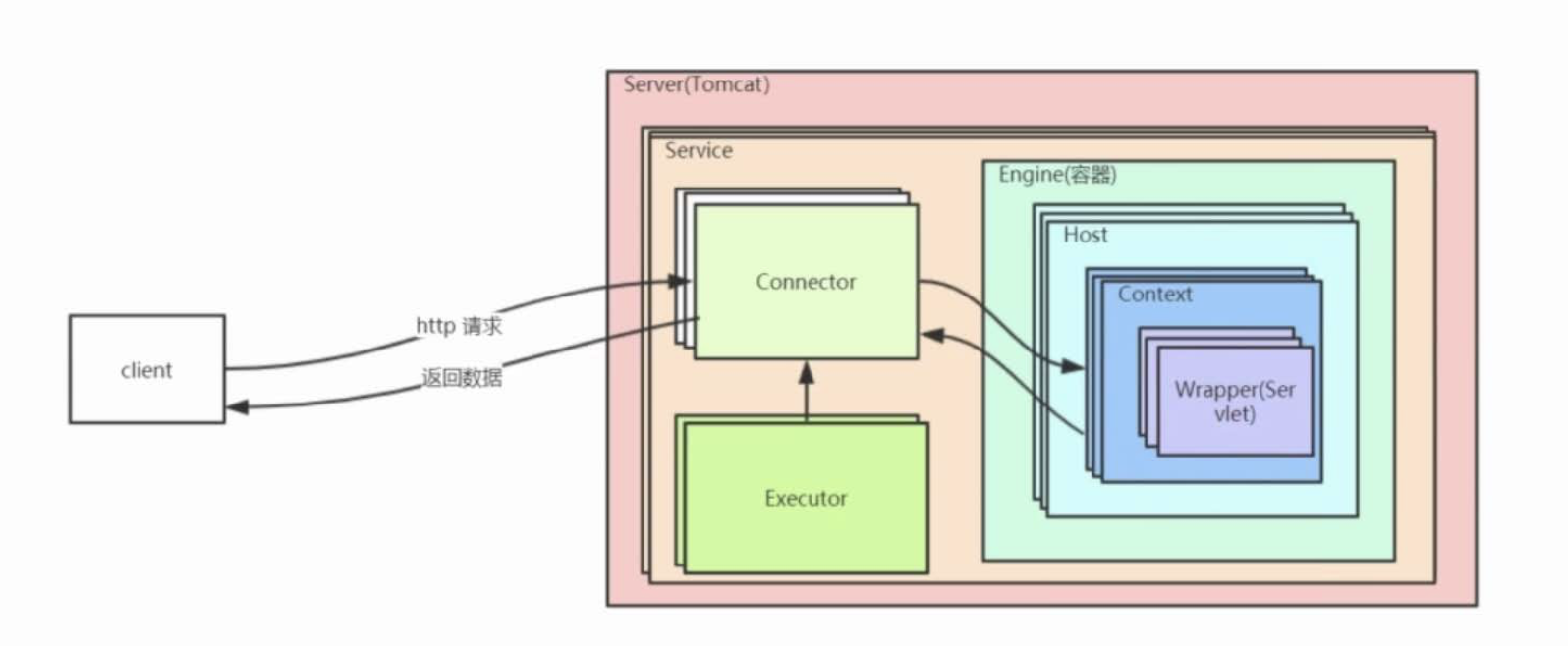本篇内容介绍了“tomcat源码分析”的有关知识,在实际案例的操作过程中,不少人都会遇到这样的困境,接下来就让小编带领大家学习一下如何处理这些情况吧!希望大家仔细阅读,能够学有所成!
tomcat 的总体架构

. tomcat启动过入口
public static void main(String args[]) {
synchronized (daemonLock) {
if (daemon == null) {
// Don't set daemon until init() has completed
Bootstrap bootstrap = new Bootstrap();
try {
bootstrap.init();2. init 中有:
initClassLoaders();commonLoader = createClassLoader("common", null);if (commonLoader == null) {// no config file, default to this loader - we might be in a 'single' env. commonLoader = this.getClass().getClassLoader();}catalinaLoader = createClassLoader("server", commonLoader);sharedLoader = createClassLoader("shared", commonLoader);3. 的到classloader之后去获取startupInstance
Class<?> startupClass = catalinaLoader.loadClass("org.apache.catalina.startup.Catalina");Object startupInstance = startupClass.getConstructor().newInstance();4. start up 结束之后
if (null == daemon.getServer()) {
System.exit(1);}“tomcat源码分析”的内容就介绍到这里了,感谢大家的阅读。如果想了解更多行业相关的知识可以关注亿速云网站,小编将为大家输出更多高质量的实用文章!
亿速云「云服务器」,即开即用、新一代英特尔至强铂金CPU、三副本存储NVMe SSD云盘,价格低至29元/月。点击查看>>
免责声明:本站发布的内容(图片、视频和文字)以原创、转载和分享为主,文章观点不代表本网站立场,如果涉及侵权请联系站长邮箱:is@yisu.com进行举报,并提供相关证据,一经查实,将立刻删除涉嫌侵权内容。
原文链接:https://my.oschina.net/u/3697586/blog/4631367